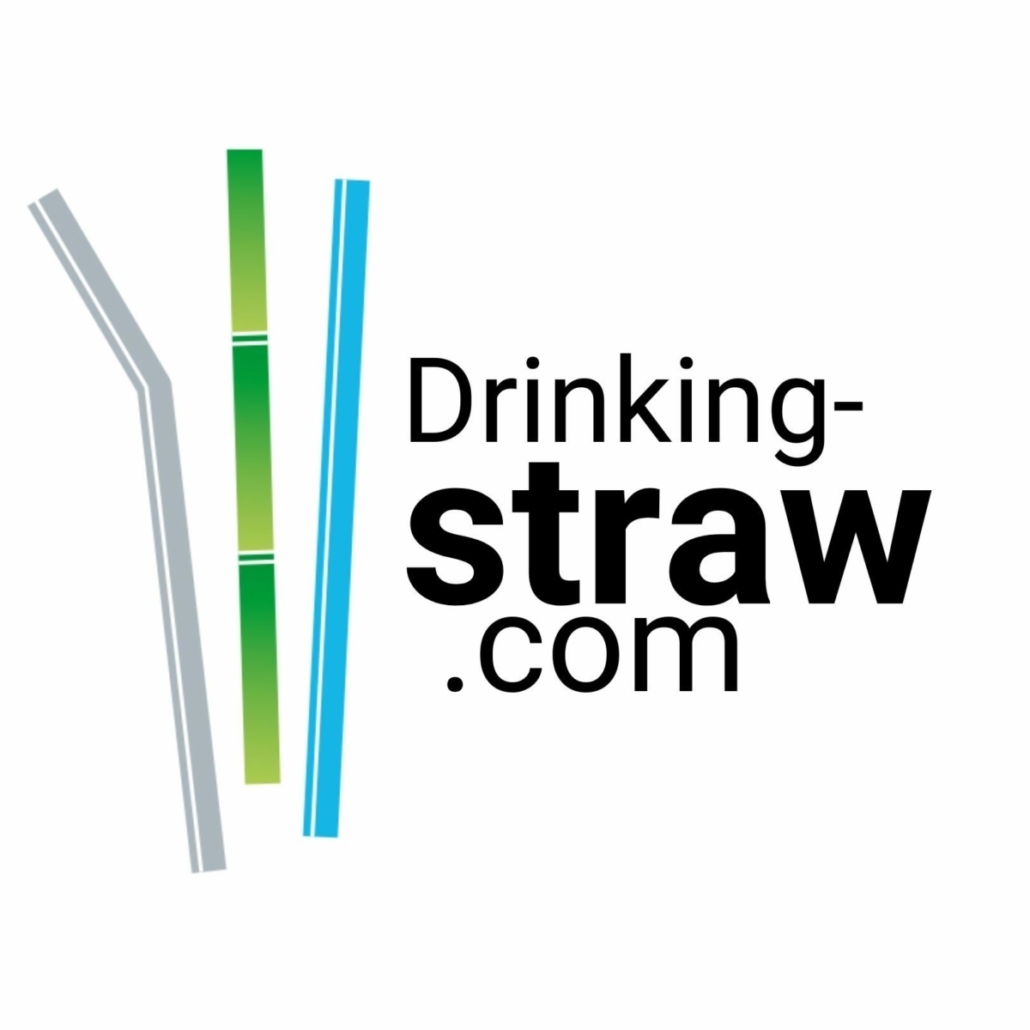PFAS and Straws: issues, studies, figures and explanations
Since the end of August, we have noticed that paper, bamboo, or plastic straws have been criticized and designated as less favorable alternatives. However, let’s immediately dispel a misunderstanding: disposable plastic straws are prohibited (except for medical use) because, in addition to the potential presence of PFAS, they have a definitively too negative and polluting impact. Let’s not go back; they are much worse due to their composition of all or part of petrochemical products!
So, how can we determine if alternatives like paper, bamboo, or glass straws truly have no harmful consequences for human health and the environment? As experts, we speak up to demystify these controversies and provide informed answers to help guide your thinking.
What are PFAS, and why are they causing such a scandal?
First, let’s explain the term “PFAS”: per- and polyfluoroalkyl substances, abbreviated as “PFAS,” are types of very complex chemicals. They are often used as waterproofing agents for their resistance to water and grease. For example, they are found in some fast-food packaging to prevent grease from seeping through. PFAS substances are present in various domains and environments (soil, water, groundwater) because they are used in the production of multiple products (textiles, cosmetics, food packaging, electronics, furniture, cookware coatings, etc.).
Some PFAS, also known as “forever chemicals,” can persist in the environment for a long time, raising concerns about their impact on health and nature. The scandal surrounding PFAS is due to their persistence in the environment, their accumulation in organisms, their adverse effects on human health (such as certain diseases), and their presence in drinking water. They can also contaminate soils, groundwater, and even the air. Public awareness has heightened concerns about their use.
Does the Belgian study encourage the return of plastic straws?
A recent study was published in the journal “Food Additives and Contaminants,” highlighting the presence of per- and polyfluoroalkyl substances (PFAS) in various straws. The study examined 39 brands of straws made from different materials such as paper, bamboo, plastic, or stainless steel. Although these substances are found in small quantities, they are present in over 90% of the tested paper straws. However, we would like to offer our perspective on this.
- The study appears to have been conducted on 20 paper straws only, with no knowledge of their colors (gold and silver colors are often more likely to have plastic coatings) or the exact place of production. These straws may have been produced in just a few distinct factories (among many worldwide), and therefore, unfortunately, may not be representative of the reality. Moreover, only 5 are indicated as coming from Europe, which is too few to draw statistically significant conclusions. But were they produced in Europe or just packaged there? Are they within the European Union?…
- There are paper straws that are compliant and free of PFAS. The main manufacturers of paper straws in Europe, along with their suppliers, have taken stringent measures to ensure that their products meet the strictest standards and requirements of the European Union. In France, DGCCRF’s MDCA Sheet No. 4 regulates the suitability for food contact of organic materials based on plant fibers, with verification carried out by an independent laboratory.
- We find it truly regrettable to stir up a scandal around paper alternatives when disposable plastic straws (or bio-based polymers like PLA, PBS, PHA) are still circulating in France and Europe, despite being banned in the European Union since 2021. Plastics can sometimes be blended and processed with fibers such as cellulose, bagasse, sugarcane, bamboo, yet they are still plastic.
- There are thousands of PFAS, and they pertain to various domains and environments (soil, water, groundwater) because they are used in the production of multiple products. Regulators and researchers continuously study the effects of different types of PFAS to better understand their specific impacts, particularly over time. It is important to note that regulations may vary depending on the specific type of perfluorinated substances (PFAS) and their use. Some PFAS may still be used in certain products, although strict measures are in place to minimize risks to human health.
So, why create a scandal about an alternative product to plastic that complies with food contact regulations? Especially when there are indeed paper straws made without PFAS, in compliance with the law, and without plastic!
Are there paper or bamboo straws without PFAS?
Our team at Lespailles.com has chosen to produce paper straws in the European Union. We select papers and materials from reliable partners. The paper used is also manufactured in Europe without the use of PFAS and holds FSC certification, ensuring responsible sourcing. Our production process, entirely located in Europe, aims to bring the product as close as possible to customers while rigorously adhering to prevailing standards.
Regarding the presence of PFAS in bamboo straws, this could be explained by the use of waterproofing products. For example, some bamboo straws on the market may be shiny, often manufactured in China, and may contain waterproofing agents or varnishes containing chemicals. This is why the decomposition of these “shiny” straws may take longer, affecting the environment and health due to the presence of these sometimes unnecessary chemicals.
Although stainless steel and glass are presented as reusable and PFAS-free alternatives, there are many other disposable, compliant alternatives that the study did not address, such as pasta straws, rice straws, or Forest Straws.
___
However, this alert and the Belgian study remain relevant in highlighting the complexity of choosing materials for accessories and packaging used in the food industry. This complexity goes beyond the sometimes confusing terms like “plastic-free,” “bio fibers,” or “biodegradable.” Therefore, it is essential to seek the advice of knowledgeable experts when selecting packaging to make informed decisions.
We also believe that public authorities should play an active role in ensuring that non-compliant products are neither authorized on the market nor withdrawn immediately upon identification.





